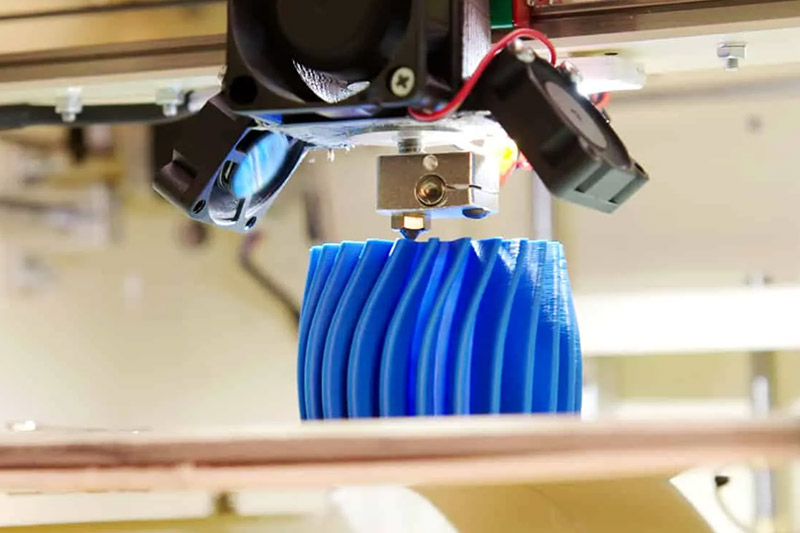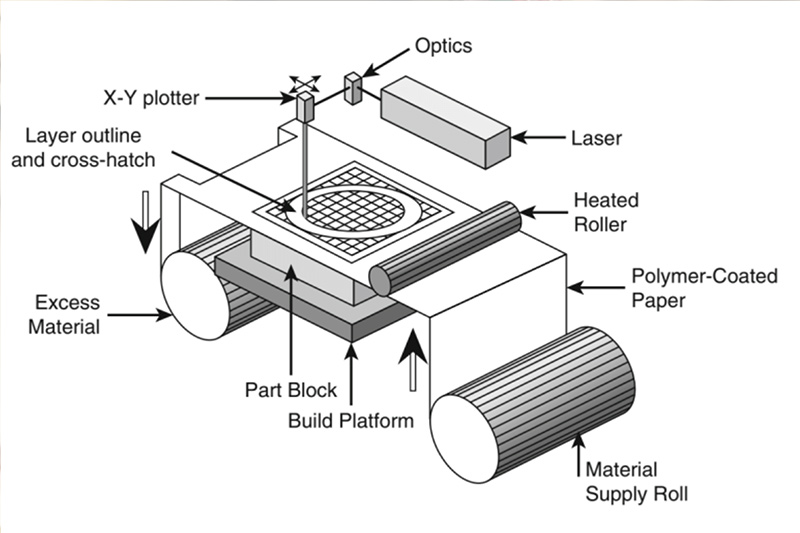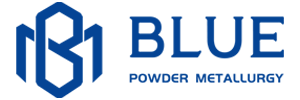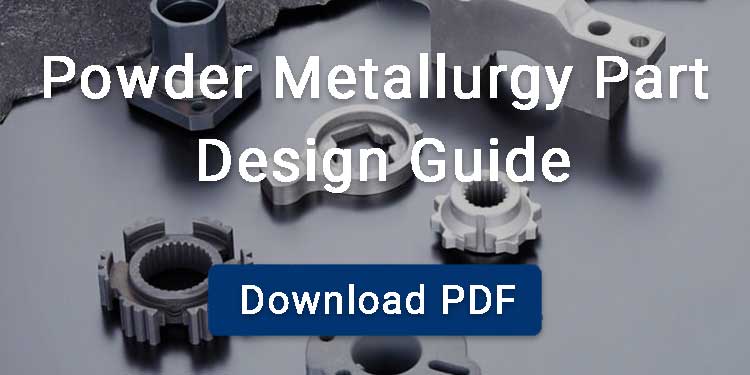Sheet lamination is a method of additive manufacturing (AM), also known as 3D printing. These methods have changed the development processes of prototypes and functional parts in various industries. Sheet lamination is unique because it is fast, cost-effective, and can work with a wide range of materials such as paper, plastic, etc.
In this article, you’ll explore what sheet lamination is, the process, types, techniques, the different materials used, its advantages, limitations, and practical applications. This complete overview will help you understand the uniqueness of sheet lamination as an additive manufacturing method.

Contents
What Is Sheet Lamination?
Sheet lamination is a process that builds three-dimensional (3D) objects by bonding sheets of material like paper, metal foil, or plastic layer by layer. The sheets are laminated by using adhesives, heat, pressure, or even ultrasonic welding.
Brief History and Market Survey
The process dates back to the early 1990s. In 1991, sheet lamination was first introduced to the market by a company called Helisys. In 2003, Irish engineers Conor and Fintan MacCormack introduced a paper-based variant called Selective Deposition Lamination (SDL) and later commercialized it through Mcor Technologies in 2005.
According to the survey by Verified Market Reports, sheet lamination is expected to have a Compound Annual Growth Rate, CAGR of 10.5%. It is projected to grow from USD 2.5 billion in 2024, to USD 6.3 billion by 2033. This is resulting from an increase in its appeal across various industries, as materials and bonding methods improve.
Sheet Lamination Process
The sheet lamination process follows a step-by-step procedure that allows for a fast and relatively low-cost production. Here’s how it works:
Sheet Feeding
Begin the process by feeding a sheet of material like paper, plastic, or metal foil, from the roller onto the build platform.
Bonding
The next step is to bond the sheet to the previous layer. However, this step depends on the type of sheet lamination technique in use. The bonding is done using different methods such as:
- Thermal bonding – where the layers are bonded through heat application.
- Adhesive bonding – here, glue or resin is used for the bonding.
- Ultrasonic welding – in this case, high-frequency vibrations weld metal sheets without melting them.
Cutting the Shape
In this step, either a laser or a blade is used to precisely cut the profile of the part from the bonded sheet. The uncut areas act as support material and are removed after the build.
Layer Stacking and Part Formation
Here, add new sheets and continue to bond, while shaping each according to the 3D model. This continues until the final geometry is built, and the excess material is removed.
Post-processing
This process is optional. Post-processing may include machining, surface finishing to improve dimensional accuracy and surface quality.

Types of Sheet Lamination Techniques
Laminated Object Manufacturing (LOM)
This is one of the earliest sheet lamination technologies. In LOM, each freshly laid adhesive-coated sheet is heat-pressed onto the stack and immediately laser- or knife-cut to the required contour before the next layer is added. It is used in a number of applications, like producing architectural models, prototypes of various shapes, and marketing props.
Selective Deposition Lamination (SDL)
This type is a 3D printing based on paper and not plastic or any other polymer. In this case, SDL first inks a selective adhesive pattern onto each sheet, bonds the sheet to the stack under heat and pressure, and only then uses a tungsten blade to cut the new layer’s outline.
Ultrasonic Additive Manufacturing (UAM)
Here, you bond the materials using ultrasonic welding. The materials do not melt because high-frequency vibrations are used to join the metal surfaces, while the metals themselves remain solid. It is ideal for embedding electronics and creating lightweight metal structures.
Plastic Sheet Lamination (PSL)
In this case, the bonding is done without the use of adhesives. The layers of polymer materials are bonded using heat. It is used for rapid prototyping and educational models.
Selective Lamination Composite Object Manufacturing (SLCOM)
This is a different technique where the lamination is done with base materials like thermoplastics and woven (carbon) fiber. It is ideal for producing lightweight components used in aerospace and automotive industries.
Materials Used in Sheet Lamination
Different materials are used for sheet lamination; however, it depends on the technique and application:
Paper-based sheets
These materials are affordable, easily available, and are commonly used in LOM. They lack the strength and durability, which makes them ideal for visual mockups.
Metal foils
These are materials like copper and aluminum, which are very useful in UAM. Due to their lightweight, strength, and durability, they are used for structural parts and embedded circuits.
Plastic films
Materials like polycarbonate are used because of their unique mechanical properties. They are quite easy to process as well, and are fit for producing healthcare components and consumer goods.
Sheet Lamination: Advantages and Limitations
Advantages
- Low-cost materials
Paper and plastic sheets are cheap and widely available.
- High-speed printing
Layers can be added rapidly due to the sheet-based approach.
- Minimal material waste
Only the cut areas are used, reducing waste.
- Large part sizes
It is suitable for big models like architectural structures.
- Good for visual prototypes
It produces parts with a decent surface finish for display.
Limitations
- Lower strength
The parts often lack the structural integrity of those from other Additive Manufacturing methods like Selective Laser Sintering or Fused Deposition Modeling.
- Poor interlayer adhesion
It depends on the bonding method and material used.
- Limited resolution or detail
The edges may be less sharp than powder-based or resin-based prints.
- Post-processing requirements
These are often needed to improve accuracy and finish.
Sheet Lamination Applications
Sheet lamination is important in various industries, especially where cost, speed, and part size are critical. To mention a few:
Industrial Prototyping
Sheet lamination is cheap and flexible enough for engineers or designers to experiment with it. It allows for the quick and inexpensive creation of visual models and prototypes for testing and validation purposes.
Architectural Models
It is ideal for producing detailed scale models of buildings and structures.
Educational and Training Tools
It is used in schools and training centers for visual aids and physical demonstration models.
Embedded Electronics
Ultrasonic Additive Manufacturing is used to embed sensors and wiring within solid metal parts in electronics.
Aerospace and Automotive components
The ability to laminate thin metal sheets makes it perfect for creating strong yet light components. These components are used in automotive and aerospace for applications that require reliability and precision.
FAQ
What Parameters Influence Sheet Lamination?
To get high-quality lamination, parameter settings such as temperature, pressure, speed, and duration are very critical. These parameter values differ depending on the material type as well. For example, a thick paper between 115 – 150 gm-2 will need a pressure of 3 – 4 bar, temperature of 95 – 100 oC, and speed of 10 – 15 m/min .
What Standards Regulate Sheet Laminated Products?
Several ISO and ASTM guidelines ensure the durability, accuracy, and quality of sheet laminated products, and they include:
- ISO/ASTM 52900 and 52920 – Definition and quality assurance regulation.
- ISO/ASTM 52931.
Can Sheet Lamination Be Used for End-use Parts or Only Prototypes?
Yes, it can. Some techniques like Ultrasonic Additive Manufacturing (UAM) and Selective Lamination Composite Object Manufacturing (SLCOM) can produce functional, end-use parts. These include lightweight metal components used in aerospace or embedded electronics, where strength and functionality are required.
However, due to lower interlayer adhesion and resolution, it’s not ideal for highly stressed parts unless reinforced. Therefore, the option of using sheet lamination for end-use depends on the material, technique, and performance requirements.
What Safety Precautions Are Needed When Operating Sheet Lamination Machines?
Although sheet lamination is considered a low-risk 3D printing process, some safety measures should be followed:
- Wear protective gloves when handling heated surfaces or adhesives.
- Ensure ventilation when using adhesives that may emit fumes.
- Use safety goggles if ultrasonic welding or laser cutting is involved.
- Keep personal effects away from moving parts to avoid entanglements.
- Keep a clean working area to avoid accidents.
Operators should also follow the manufacturer’s machine guidelines and be trained in emergency shut-off procedures.



